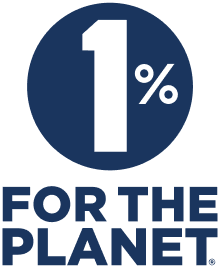As businesses adapt to changing consumer habits, many venue owners ask, “Is going cashless the right move for us?” I’m Chris Tate, P&R’s Operations Manager. Going cashless started as a bit of an experiment for us with our Brisbane CBD store opening in 2016 as a cashless venue. Quickly being cashless became a forward-thinking choice. As a result in 2017 our SYD CBD store went cashless. In all it was a game-changer for customer experience, staffing and operational efficiency. Below, I’ve picked apart some of our thinking alongside the broader trends shaping Australia’s cashless movement.
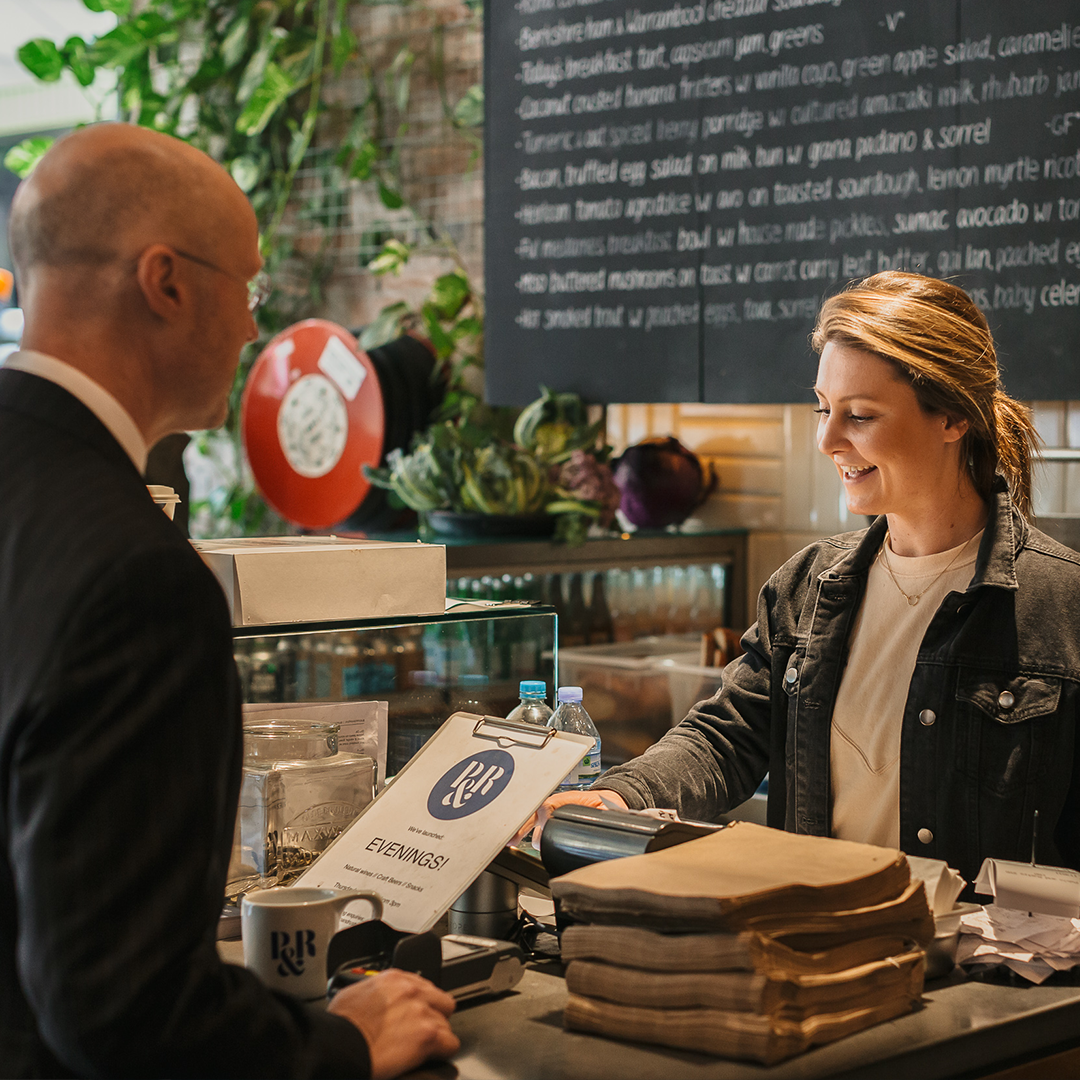
How cashless enhances the customer experience
For P&R, creating an exceptional customer experience has always been a top priority. Going cashless at our busy SYD and BNE CBD stores allowed us to streamline transactions and reduce queuing lines and wait times during peak hours. We found most of our customers are accustomed to and appreciate fast and convenient digital payment options like tap-and-go cards and mobile wallets.
In Australia, card payments accounted for 75% of all transactions in 2022, tripling since 2007. Interestingly older generations are embracing cashless. Australians aged 65 and above now use cards for nearly two-thirds of their transactions, a significant shift from previous years (Reserve Bank of Australia, Cash Use and Attitudes, 2023).
By eliminating cash, we’ve also reduced errors at the till (Point of Sale), improving the overall customer journey. In short, cashless payments align with our goal to curate amazing cafe and specialty coffee experiences.
This mirrors broader trends observed by the Reserve Bank of Australia, where 72% of Australians were classified as “low cash users” in 2022, using cash for fewer than 20% of in-person transactions. By contrast, “high cash users” now make up just 7% of the population, a figure that has halved since 2019 (Reserve Bank of Australia, 2023).
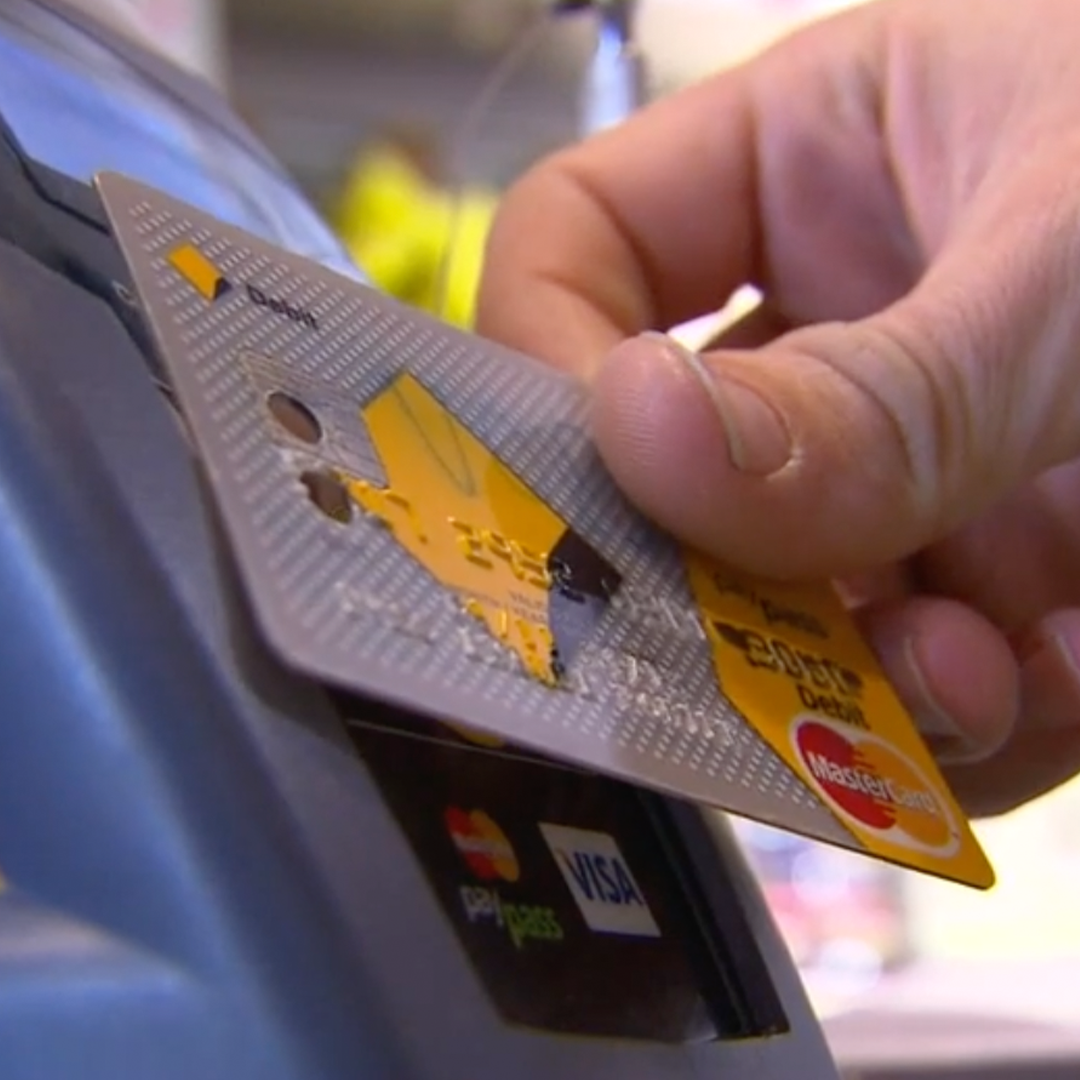
Improving staff safety
Eliminating cash has also significantly improved the day-to-day operational aspects of running busy venues. Cash handling can pose risks such as counting money after hours and carrying it to the bank, which is now multiple blocks away (thanks to banks downsizing their retail footprints in part due to shifts in consumer behaviour away from using cash). These tasks made some staff feel uncomfortable.
Now, end-of-day process is just a few clicks on the till, freeing our team to focus more on customers and less on administrative tasks. The reduced risk has made work safer and helped improve staff morale.
Streamlining operations
From an operational standpoint, going cashless has been a game-changer. Handling cash is both time-intensive and costly. It involves additional steps, from managing float discrepancies to depositing money at the bank. Cash (takings) and change (floats) must also be safely stored in the store.
Additionally, cashless systems allow us to track transactions in real-time, simplifying reporting and reducing opportunities for theft or fraud. These efficiencies enable us to focus on what matters most: growing our business and creating a wonderful cafe and coffee experience. Oh, and we saw our insurance premiums reduce as a direct result of no longer having cash onsite.
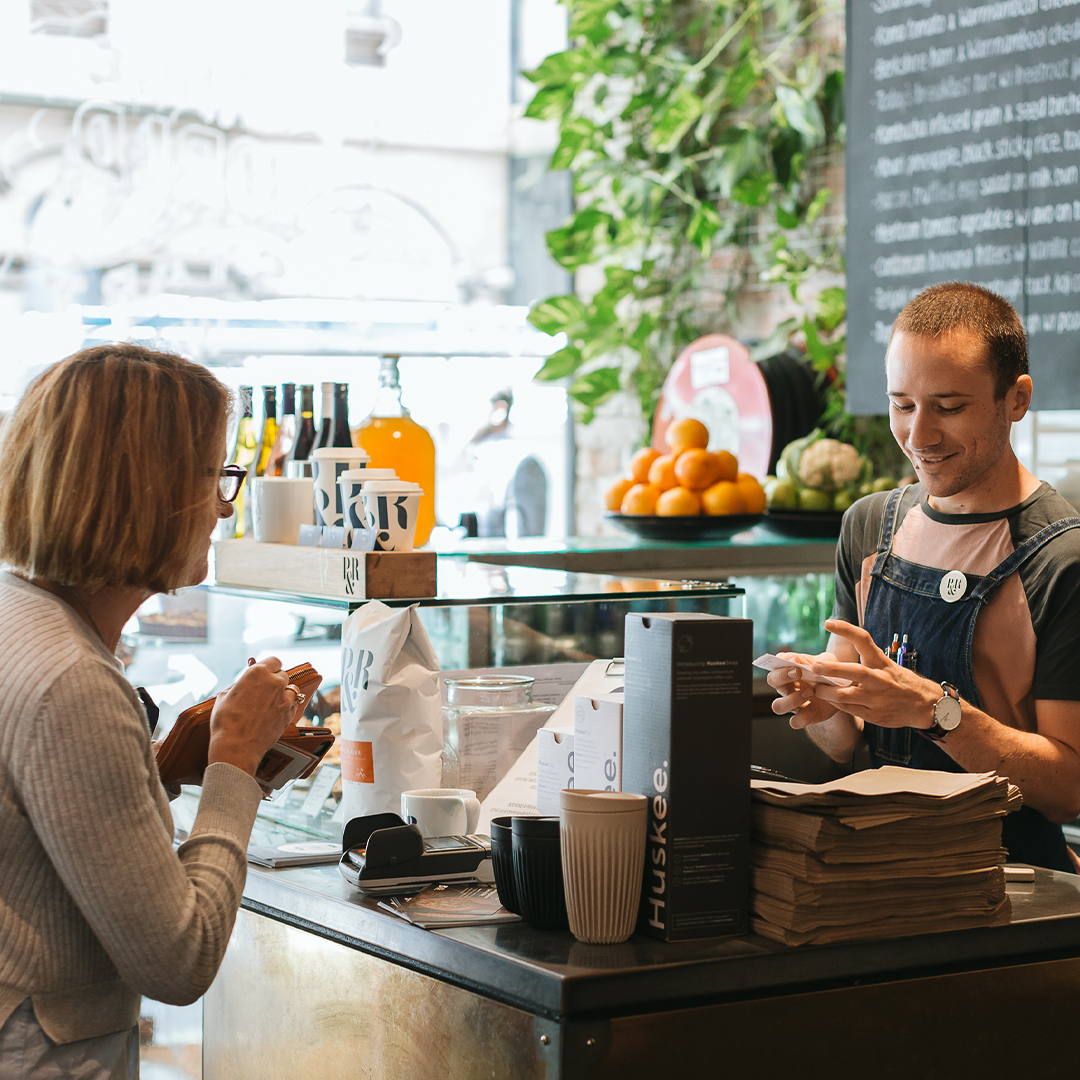
Navigating potential government regulations
The Australian government has proposed mandating cash acceptance for essential goods and services, which could impact venues like ours. While it’s unclear whether coffee shops will fall into this category, there will be significant challenges for small businesses as a result.
Consumers should have access to a surcharge-free payment method like debit cards, and backup options for disasters or if there’s connectivity loss.
However, handling cash brings hidden costs and inefficiencies. For small operators, mandating cash acceptance would reverse the efficiency gains of a cashless model. Government efforts should instead focus on ensuring reliable digital payment systems and competitive merchant fees, benefiting both businesses and customers.
Recognising differences
We also recognise that a small percentage of consumers are passionate about using cash. We'll never turn a first-time customer if they only have cash on them. We'll simply advise them to bring their card next time. We also offer plenty of surcharge-free payment options. In an ideal world, we would love to offer cash payment to consumers who feel passionate about it. However, the extra cost, time and risks of cash make this an unfeasible payment option for us.
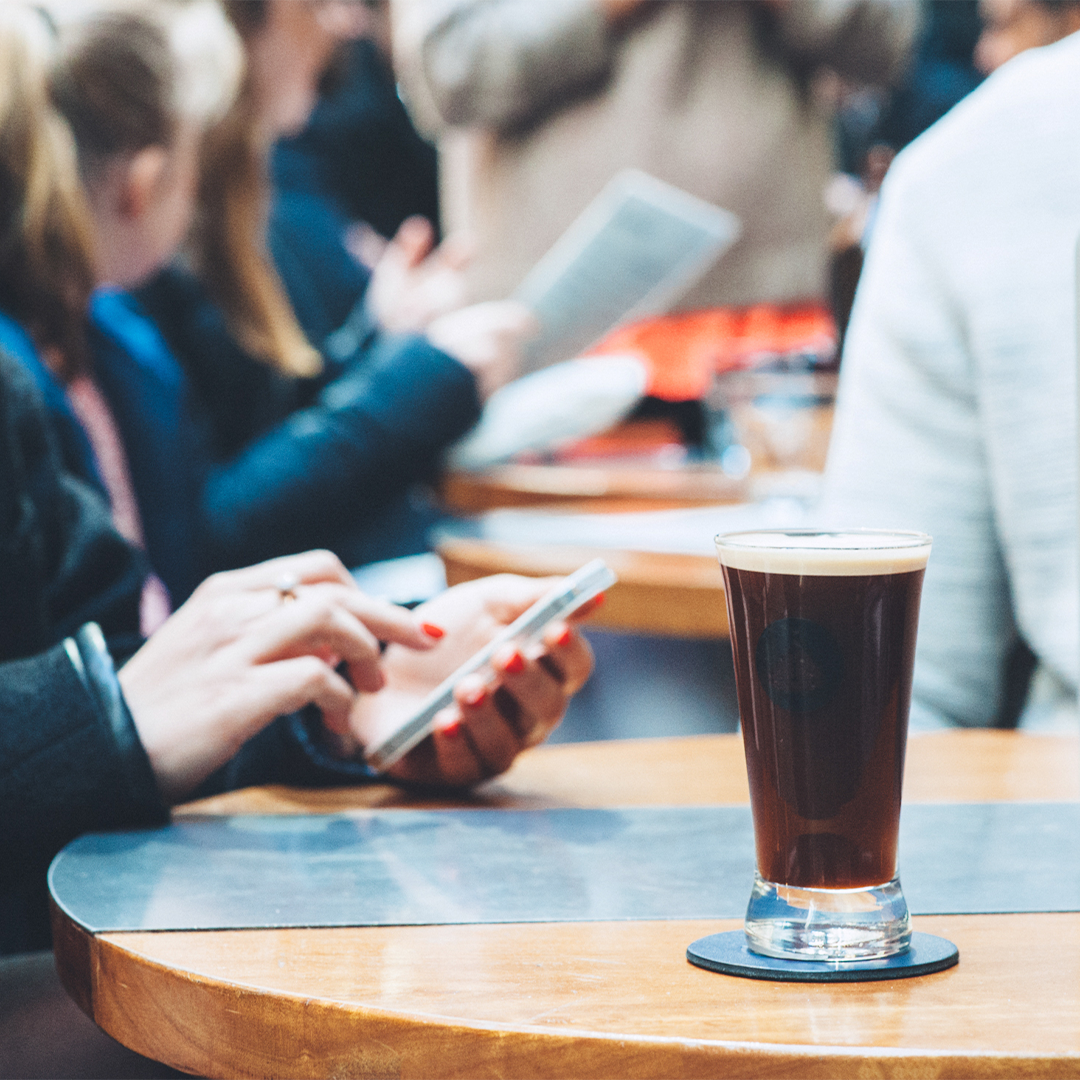
Sustainability: A bonus benefit
While our primary motivations for going cashless were customer experience, safety and efficiency, there’s a sustainability angle. Reducing reliance on cash helps decrease the need for its production, transportation, and handling. Plus, the reams of paper receipts have become a thing of the past, an added benefit for environmentally conscious businesses like ours.
Thinking of going cashless? We’d love to chat
Switching to cashless isn’t a one-size-fits-all decision, but for many venues, the benefits outweigh the challenges. If you’re considering going cashless, we’d love to chat. Let us know here



